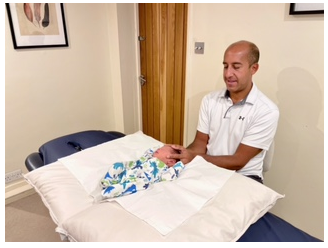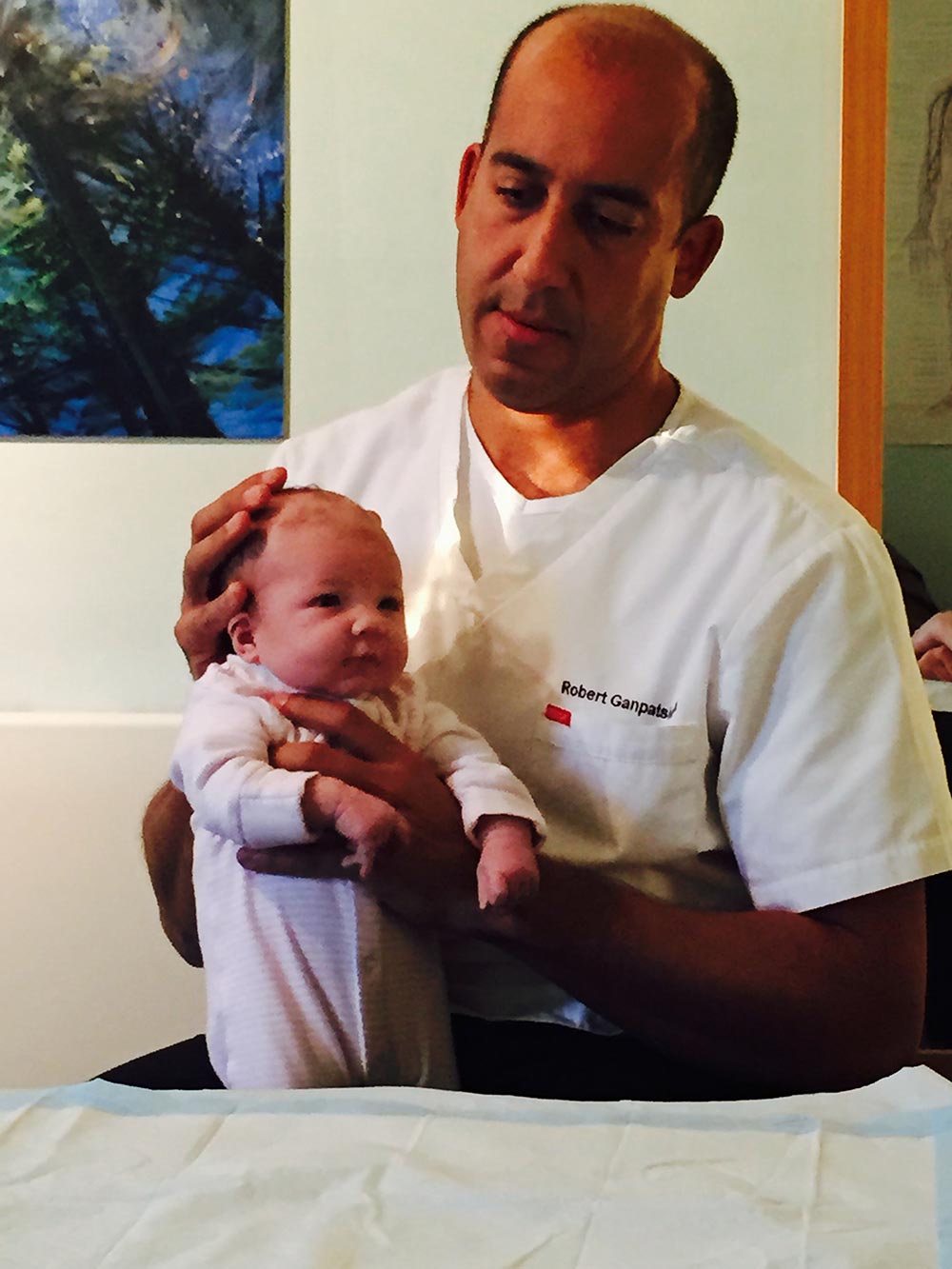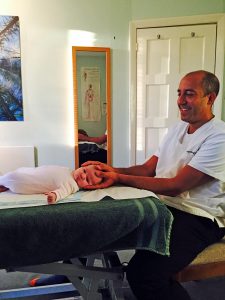
What is Cranial Osteopathy?
Cranial osteopathy is a refined and subtle type of osteopathic treatment, the techniques are safe, gentle and non-manipulative, and are often used when treating adults sensitive to manipulation, young children and babies. It encourages the release of stresses and tensions in the head and throughout the body.
It is a gentle but can be an extremely effective approach and may be used in a wide range of conditions for people of all ages, from birth to old age.
Accumulation of stress and strain in the body
The working principle behind osteopathy and cranial osteopathy is there may be several contributing factors to your problem and therefore an evaluation of other potentially related areas must be undertaken, such contributing factors such as past trauma, environmental factors and a family’s health history. When you experience physical or emotional stresses or trauma some of your body may tense up. The body may have been able to adapt to these effects at the time, but a lasting tension often remains and any remaining tensions held in the body can restrict movement. Gradually the body may find it more and more difficult to cope with accumulated stresses and symptoms may develop. Cranial may help reduce any accumulated tension and stress, enhancing your sense of wellbeing.


What can cranial osteopaths treat?
While it can be highly effective at relieving symptoms cranial osteopathy aims to treat the whole person not just the condition, so a very wide range of problems may benefit from treatment. Treatment is gentle and should not cause undue discomfort, although assessment and treatment may require the handling of painful areas. Nearly everyone finds treatment relaxing, with some patients even falling asleep.
If you are not sure whether a problem is suitable for osteopathic treatment, please call to discuss the problem or issues.
You will be asked in detail about various aspects of your or your child’s symptoms and general health, your pregnancy and delivery. Osteopaths are trained in diagnosis, to ensure that no serious problems are overlooked but there may be a requirement to refer to a paediatrician if the circumstance arises.
